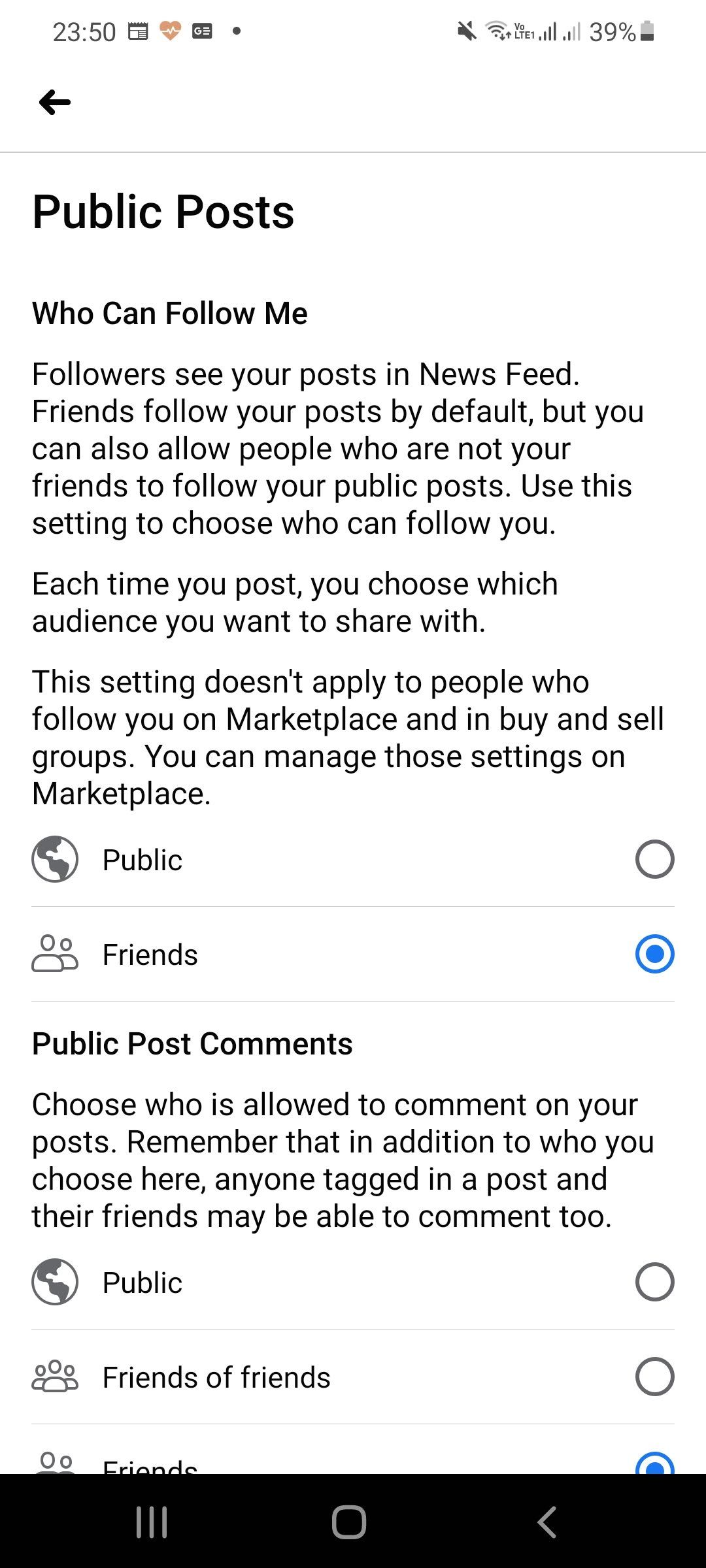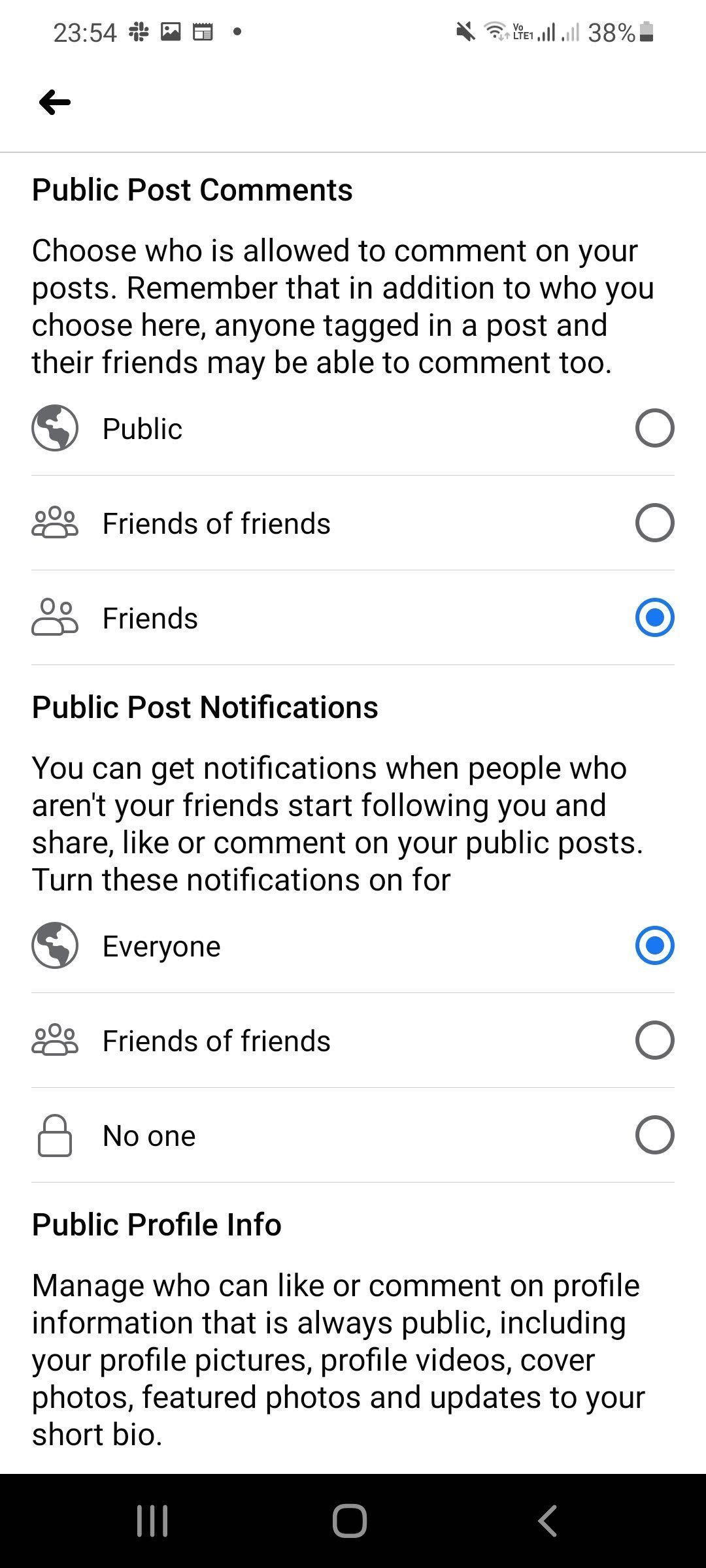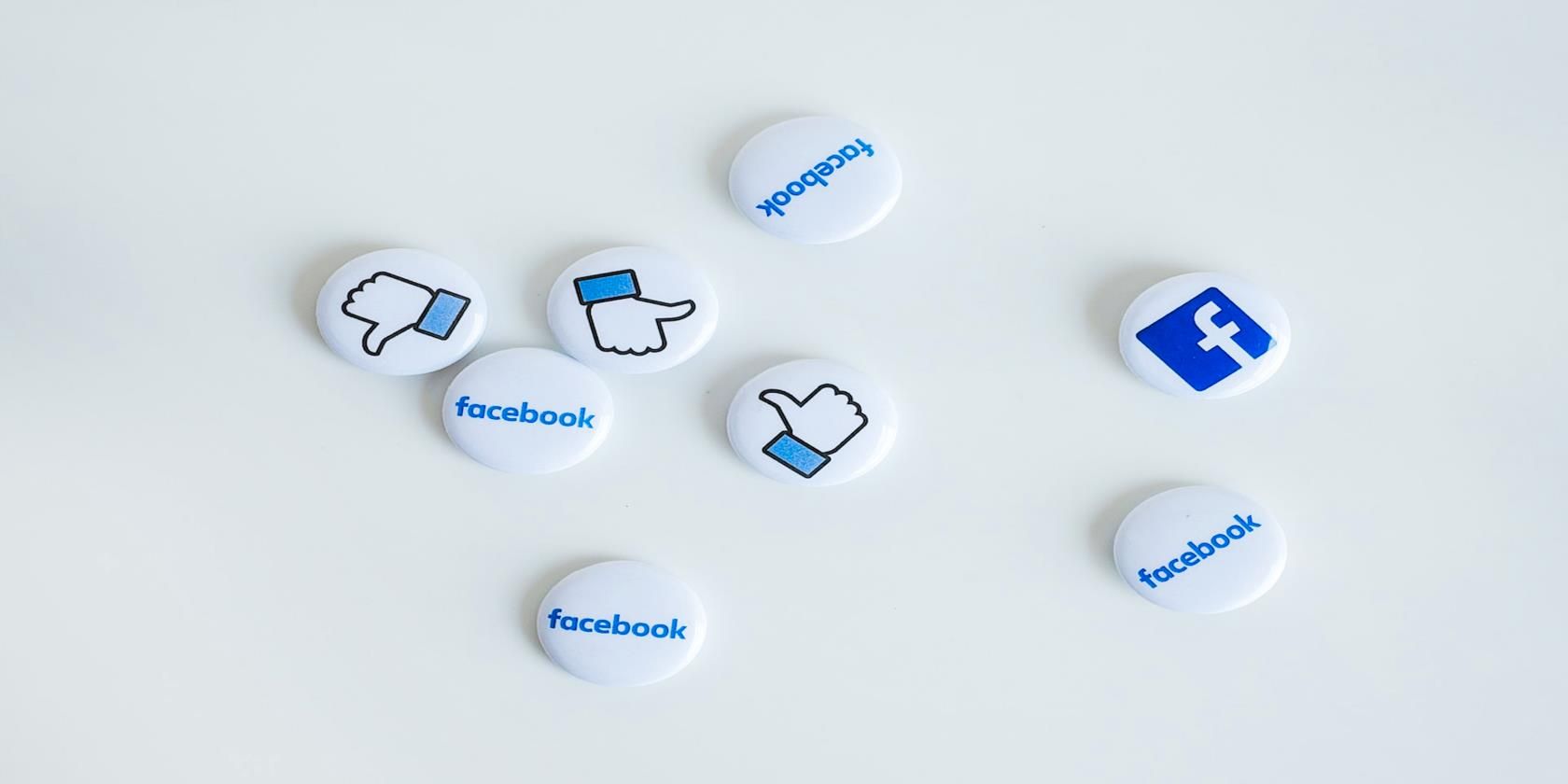Facebook has made a distinction between what a friend and a follower is on the platform. But what are the differences between the two types of connections?
Here's an explanation of what it means to follow someone on Facebook and how it differs from being a friend...
What Does Following Mean on Facebook?
Facebook users can follow people without having to share a connection through a friend request. This includes public figures like celebrities, influencers, and reporters. Posts those you follow appear in your News Feed.
Ordinary Facebook users who opt to make their profiles public can also allow anyone to follow them. You can also follow specific people on Marketplace.
In addition to this, you can also follow Pages for brands, organizations, and businesses. Whenever you like a Page, you automatically begin following it (though you can choose to still follow or unfollow it separately from a like).
The pages and people you follow can be added to your 'Favourites' so that they appear at the top of your News Feed. If you wish not to follow a page or person anymore, you can snooze or unfollow them.
You can also unfollow a friend to limit the visibility of their posts. This is an alternative to unfriending them, and they will not be notified if you unfollow them.
What to Know About Followers on Your Personal Facebook Profile


You can allow or prevent people from following you on Facebook in your public post settings, under the Who Can Follow Me option. You can also set the level to which the public can interact with your posts.
Allowing public followers on a Facebook account broadens the reach of posts shared. But there are privacy trade-offs.
If your account is set to public and allows followers, friend requests that you ignore or reject automatically become followers. This means that these people will see the content you post unless that person is blocked.
People who have followers who are not friends can set restrictions for how those people can interact with their public posts.
What Is the Difference Between a Friend and a Follower on Facebook?
Facebook friends differ from followers in how much access they have to your profile and how they can interact with you and your posts. But this also depends on your own sharing, post, and privacy settings.
There is a distinction that separates the two, which comes down to a basic principle: Facebook friends are those you know personally, while those you follow are people of interest to you, though they're outside your circle of real-life relations.
You should use this as a rule when dealing with friend requests and privacy settings because ultimately you have control over who is a friend and who is a follower.
Facebook users can have a maximum of 5,000 friends, but there's no limit on followers. Adding someone as a friend builds connections between users, showing their stories, profile, and activity in your News Feed.
Control Reach and Relationships With Facebook Friends and Followers
Facebook friends are for close connections, while followers allow posts to reach wider audiences. Users can select the friends, people, and pages to follow to curate their News Feed and consume content of interest on Facebook.

